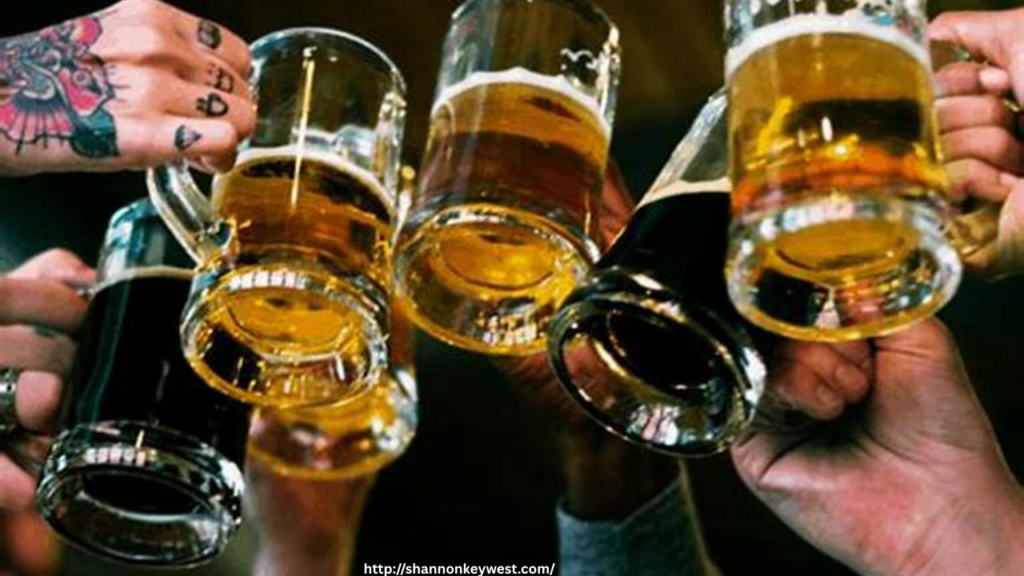Beer is often associated with relaxation, celebration, and social bonding. For many, enjoying a cold beer after work or during a weekend barbecue is nothing out of the ordinary. But what happens when that occasional beer becomes a daily ritual, or when one turns into five without much thought? This is the slippery slope of beer swilling — a behavior that can quietly evolve into a serious addiction if left unchecked.
Beer swilling, by definition, suggests drinking in excess or with regularity, often without concern for quantity or frequency. While not everyone who drinks heavily is an alcoholic, beer swilling can be an early warning sign that a person’s relationship with alcohol is becoming unhealthy.
The Shift from Habit to Addiction
Addiction rarely begins overnight. It usually starts with a pattern — perhaps drinking to unwind after a tough day. Over time, the occasional beer becomes a daily habit, and soon, it’s difficult to go without it. This progression is where beer swilling becomes more than a quirky habit — it becomes a dependency.
The key difference between casual drinking and addiction lies in control and consequence. A person who swills beer regularly may lose the ability to moderate their intake. They may find themselves drinking even when they promised themselves they wouldn’t, or choosing beer over responsibilities and relationships.
Warning Signs You Shouldn’t Ignore
Recognizing the early signs of addiction can help stop the cycle before it becomes entrenched. Here are some key indicators that beer swilling may be crossing into dangerous territory:
-
Increased Tolerance
You need more beer than before to feel relaxed or buzzed. This change indicates that your body is adapting to the alcohol, a classic sign of dependence. -
Drinking Alone or in Secret
If beer drinking shifts from a social activity to something done alone or hidden from others, it’s a major red flag. -
Loss of Control
You regularly intend to have “just one or two,” but end up drinking far more. If stopping is difficult once you start, that’s a warning sign. -
Using Beer to Cope
Turning to beer as a solution to stress, sadness, anxiety, or boredom often indicates emotional dependence — a common pathway to addiction. -
Neglecting Responsibilities
If your drinking starts affecting your work, family life, or personal goals, it’s time to reassess. -
Withdrawal Symptoms
Feeling irritable, anxious, shaky, or depressed when not drinking could indicate physical dependence on alcohol. -
Failed Attempts to Cut Back
If you’ve tried to reduce your beer intake and failed repeatedly, your body and brain may already be hooked.
Taking the First Step
If any of these signs resonate, it doesn’t mean you’re hopelessly addicted — but it does mean it’s time for reflection. Early intervention is powerful. Talking to a doctor, therapist, or support group can be the first step toward regaining control and redefining your relationship with alcohol.
Conclusion
Beer swilling may seem harmless at first, but it can be a mask for deeper issues and a gateway to long-term addiction. Recognizing the signs early on is crucial. Awareness is not about shame — it’s about empowerment. By paying attention to your habits and being honest with yourself, you can make healthier choices and, if needed, seek support before addiction takes hold.

